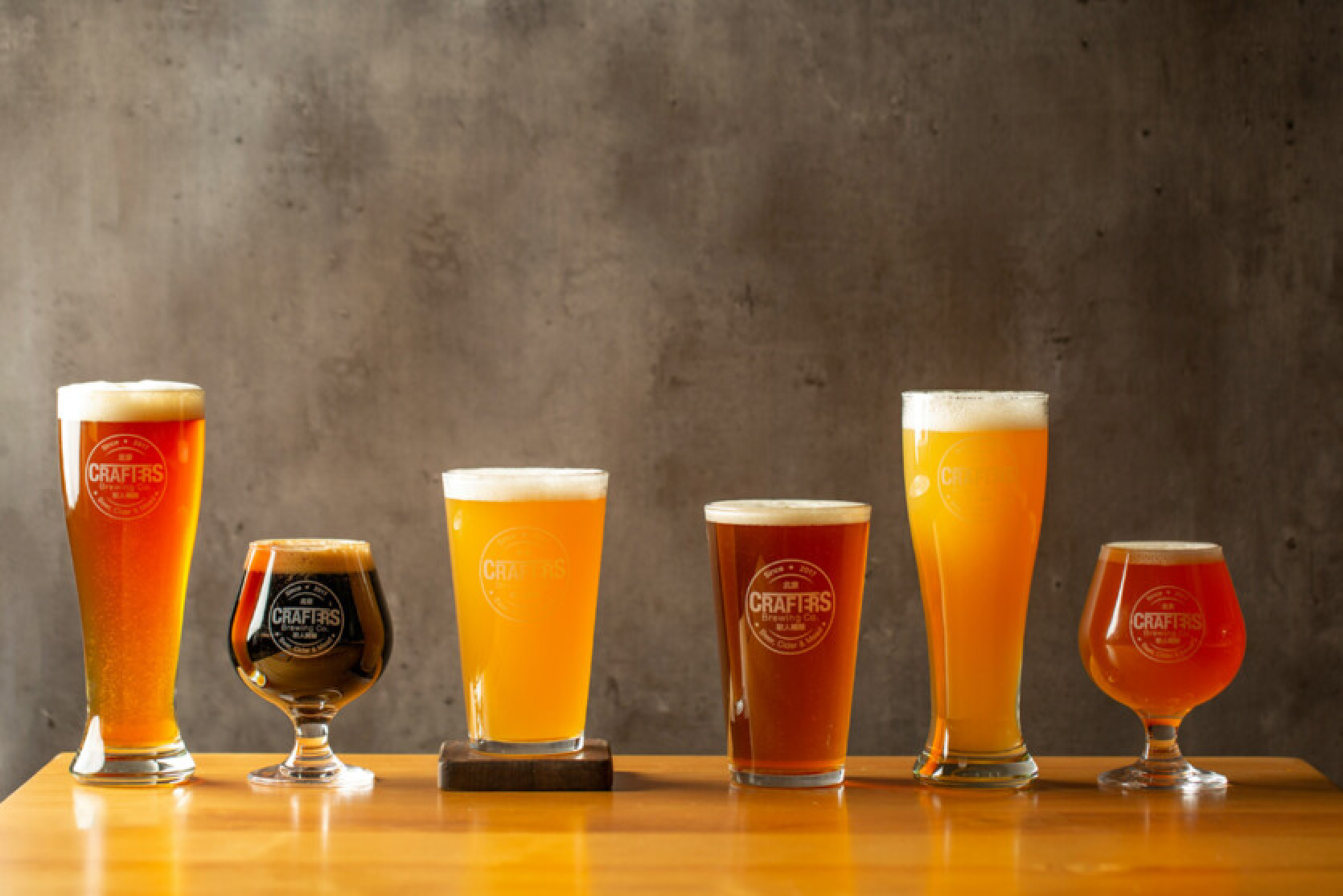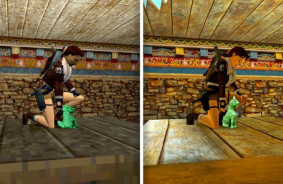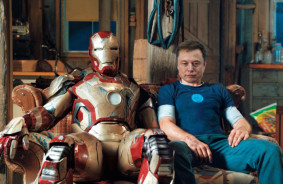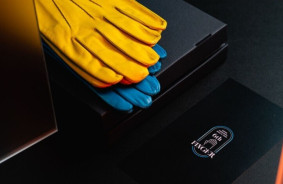One of the overlooked challenges in modern science is keeping beer as cold as possible during leisurely consumption. It seems a scientist has invented the optimal glass shape for this purpose.
Claudio Pellegrini from the Federal University of São João del-Rei in Brazil has developed a mathematical model that determines the best glass shape to maintain beer's cool temperature.
The goal of the research is to minimize heat transfer to the beer. Of course, insulating materials or cup handles can be used to reduce contact with warm hands. However, an elegantly simple solution is to alter the design of the glassware without any additional elements.
The primary task is to identify a shape that minimizes heat transfer while keeping the design practical for everyday use. Part of the challenge is to understand the rate at which heat transfers into the glass of a given geometry and then develop a shape that reduces this rate.
Pellegrini begins by modeling a glass with a curve rotating around a vertical axis to form a "revolution body" with a specific base radius, height, and ratio between the base and the top opening. He assumes the base is insulated, that the liquid has uniform temperature and composition, and that the glass has low thermal resistance. All of this ensures that the primary factor determining heat exchange is the container's shape.
Using this approach, Pellegrini discovered what might be an obvious fact: the optimal beer glass has a narrow base that gradually widens towards the top, allowing the user to drink comfortably. In fact, the researcher notes that some traditional beer glasses already possess these characteristics: the "Brazilian tulip," "imperial pint," and "American pint."
However, Pellegrini's approach has some limitations. The optimization algorithm works for specific values of base radius, glass height, and the ratio of base to opening radius. But it does not determine the best configuration of those values. Consequently, the solution is a family of shapes with relatively minor differences.
Of course, there are other factors that determine the shape of the glass. For instance, the size and shape of the top of the glass influence the amount of foam produced during pouring. Since foam captures aroma molecules, it affects the drinking experience. For example, Belgian beers are served in specially shaped glasses to create a unique experience. This serious research is published on the preprint site arXiv.org.
https://itc.ua/articles/putevodytel-po-vysky-luchshye-sorta-2023-goda-tehnologyya-proyzvodstva-otlychyya-po-stranam-y-regyonam/
Source: Discover














Comments (0)
There are no comments for now